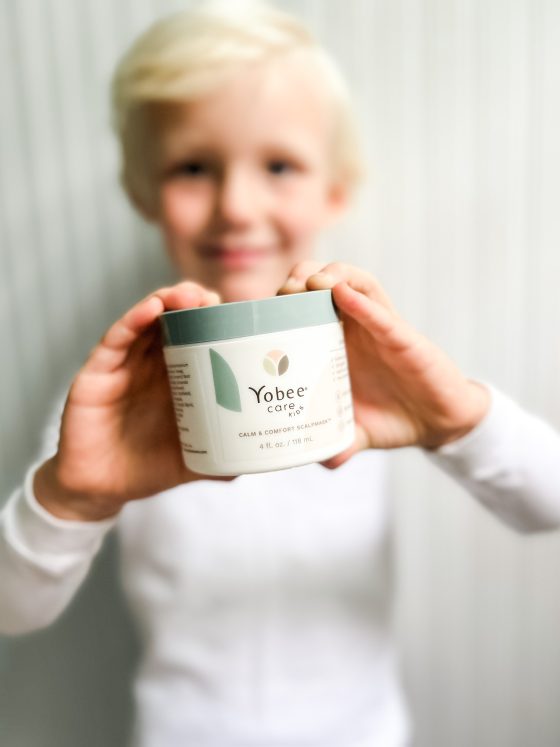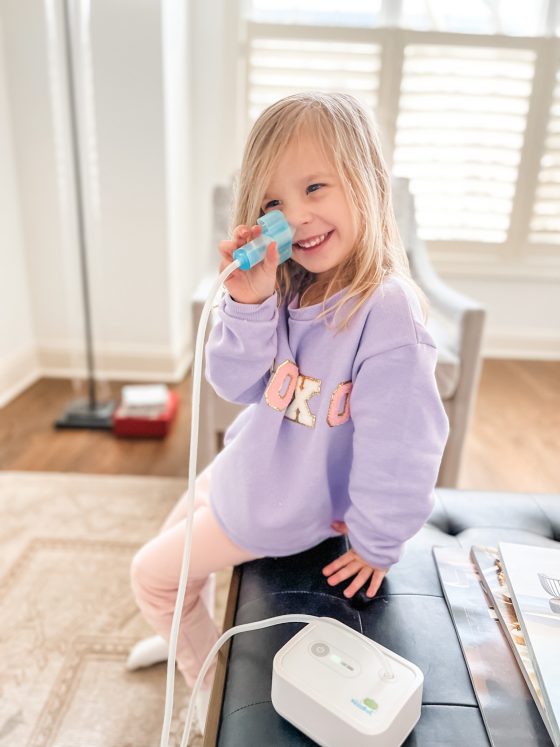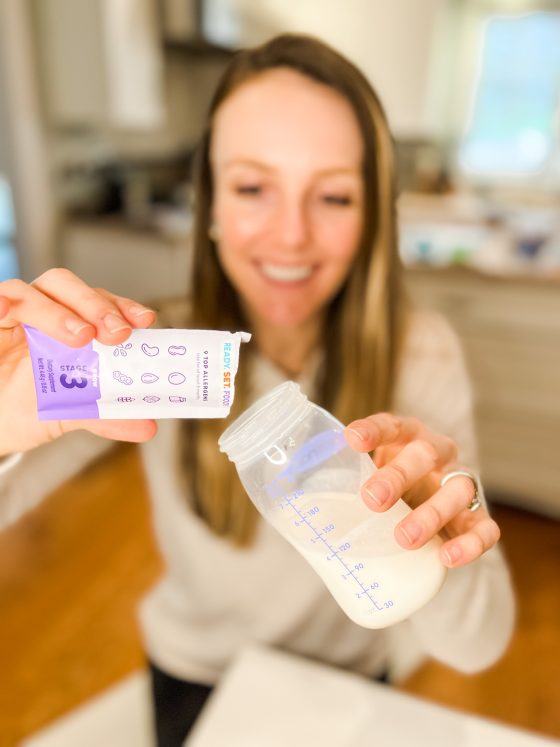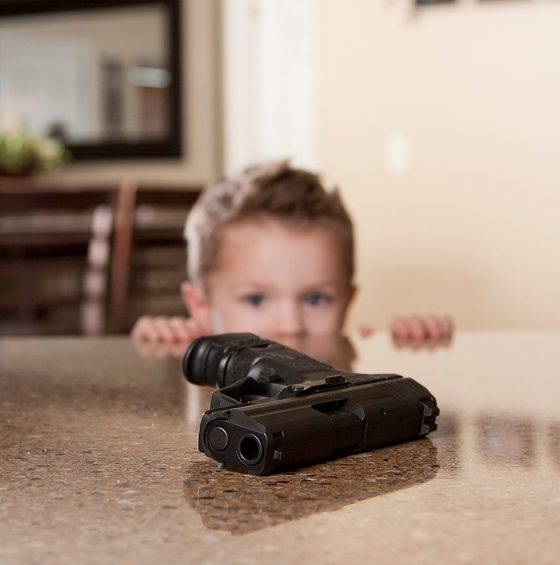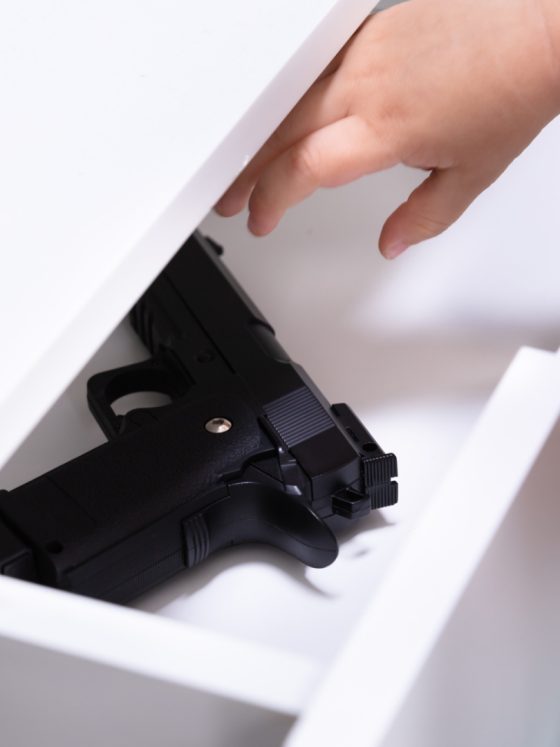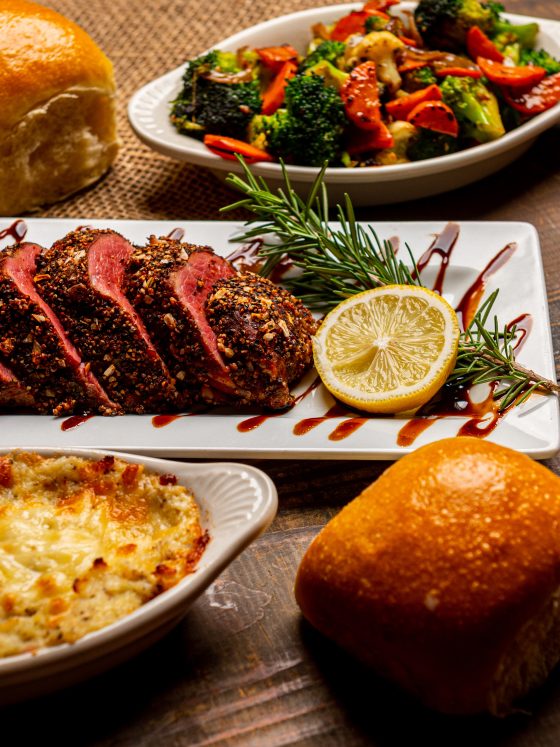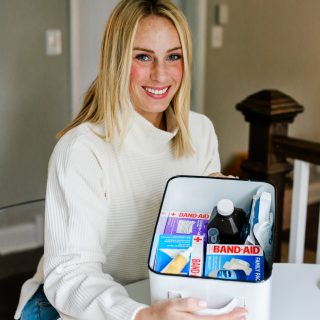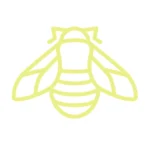What to keep in your child’s medicine kit

What to keep in your medicine kit for your baby and toddler! We have done the hard work for you and compiled a list for everything you need to keep in your medicine kit at home!
Medicine kit essentials
HERE’S YOUR SHORT LIST: *keep reading for further detail on WHY you need these items.
- Tylenol [Acetaminophen] (infant’s liquid,children’s liquid, children’s chewable, suppositories)
- Motrin [Ibuprofen] (infant’s liquid, children’s liquid,children’s chewable)
- Benadryl liquid + spray (Diphenhydramine)
- Normal saline drops/spray
- Nose Frida, Bulb Syringe, or Nozebot (use code BUMBLEBABY for discount)
- Glycerin suppositories
- Pedialyte (can be stored in fridge or on shelf)
- Digital RECTAL thermometer
- Digital ear thermometer for older children
- Vaseline + Aquaphor
- Medicine syringes/cups
- Infant gas drops
- Probiotics for infant and child
- Homeopathic Cough Syrup for infant and child
- Epipen if your child has severe allergies
Keep out of the reach of children! This lock box is CRUCIAL!
PRO TIP: We recommend getting 2 (one for kids and one for adults).
ITEMS TO INCLUDE IN YOUR KIT:
- Tylenol (Acetaminophen)
If you’re open to medication for your baby, infant Tylenol can be used in babies under 6 months. I am pro-medication (but YOU decide if it’s right for your family) because if I had a aches, pains and fever, I would want some meds!
Tylenol can be given according to instructions linked here. Make sure to call your doctor for the most accurate dose based on your baby’s weight. Sometimes it can be more than the bottle states (and this can make all the difference!). Tylenol can be given every 4-6 hours as needed in 24 hours, not to exceed 5 doses in 24 hours.
- Motrin (Ibuprofen)
Infant or Children’s Motrin can be given after 6 months of age. The concentration of Infant and Children are different, so make sure to check the label. Make sure to call your doctor for the most accurate dose based on your baby’s weight. Sometimes it can be more than the bottle states (and this can make all the difference!). Give every 4-6 as needed in 24 hours, not to exceed 5 doses in 24 hours. Click here for Motrin adminsitration guidelines.
PRO TIP: You can alternate Tylenol and Motrin every 3 hours in babies over 6 months of age (so the same medication is given every 6 hours) to keep on top of pain control.
No need to wake baby at night to give medication.
- Benadryl liquid + spray [Diphenhydramine] – Benadryl is an antihistamine for mild allergic reactions to foods, pets, insects etc. Anytime your child has an allergic reaction, you should contact your provider. For severe allergic reactions that impact breathing, call 911. Have both liquid and spray available.
- Normal saline drops/spray – Saline spray is KEY to runny noses, cold and flu season, and prevention of ear infections. The more you can loosen thick secretions with saline, the easer to suck them out with a suction device (see below). Use 3-5 times per day.
- Nose Frida, bulb syringe, or NozeBot – The Nose Frida may seem scary and disgusting, but don’t worry, there’s a one way valve and you won’t be ingesting baby’s snot! (See our snot sucking how-to Reel here!) I also like to have a bulb syringe on hand as sometimes thats easier with smaller noses. Use in combination with saline spray. I also love the NozeBot which is a hospital grade portable suction machine that was designed by a pediatric ENT! Read more about why I love the NozeBot here. Use code BUMBLEBABY for discount.
- Glycerin suppositories – Nothing like gas pains and constipation in the middle of the night! Glycerin suppositories are inserted rectally for constipation relief.
- Pedialyte (can be stored in fridge or on shelf) – It’s always a good idea to have a baby friendly electrolyte solution on hand for middle of the night flu, vomiting, and dehydration. In young babies, breastmilk and formula is all baby will need to rehydrate, so talk to your provider before using.
- Digital RECTAL thermometer + Digital ear thermometer for older children
- Rectal temperatures are the most accurate temperature because they are a core temperature.
- Rectal temperatures will read 0.5-1 degree higher than other temperatures. This is normal and expected.
How to take a temperature:
- Lubricate the thermometer with vaseline or other lubricant.
- Roll baby to their side.
- Spread baby’s butt cheeks.
- Turn the thermometer on.
- Gently insert the thermometer into baby’s rectum. Stop when you can no longer see the metal tip.
- Wait for reading.
- Normal rectal temperatures range from 98-100F. In addition to a high temperature, a low temperature can also mean an infection. If your baby’s temperature is outside of this range, contact your provider.
**If your child will not tolerate a rectal temperature, an ear temperature can be taken.
- Vaseline + Aquaphor – for dry skin + lips
- Medicine syringes/cups – I always like to have a few extra on hand – these always end up in my disposal for some reason!
- Infant gas drops – I’m not a huge believer in gas drops, but it’s nice to have them on hand just in case for newborn gassiness and fussiness.
- Probiotics – In the case that your baby/child is prescribed antibiotics, probiotics are nice to have on hand to help build up good gut bacteria that’s killed during antibiotic use.
- Homeopathic Cough Syrup for Infant and Child
- Infants and children are too young for heavy cough meds, but these homeopathic remedies are helful. Always check with your provider before giving homeopathic remedies.
- Epipen if your child has severe allergies – You’ll need a prescription from your doctor for an epipen.
- A Locked Box – Toddlers are curious and sneaky creatures, and you certainly don’t want a medication accident. All medications, not just children’s, should be locked. I suggest purchasing two lock boxes – one fore baby and one for adults!
Other helpful posts:
- First aid kit essentials
- 5 signs of constipation in your baby + how to battle it
- How to care for your baby’s umbilical cord
- 10 common baby + child illnesses and remedies
- How to maximize pain + fever control in babies and toddlers
- Top 5 must have safety items for under 1
- Why learn CPR
Click here to download our FREE medicine kit/ sick baby + toddler checklist. Check the boxes from your phone/ computer or print at home.
**This post is educational and not meant to take the place of your provider. Bumblebaby makes a small commission on some of the items listed above





